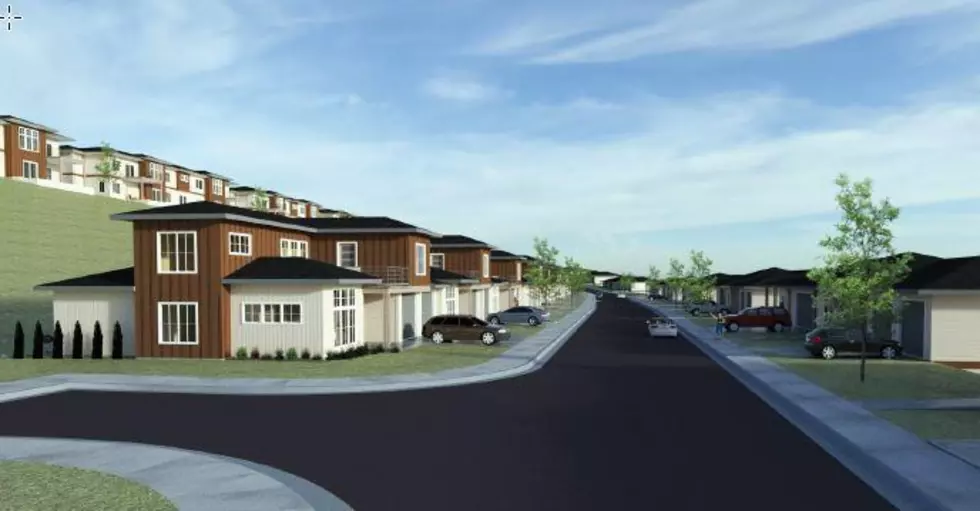
Council holds Hillview Way townhome project in committee, adds conditions
Builders behind a proposed development in the South Hills accused the City Council on Wednesday of changing its rules midstream, calling its decision to require wider streets and shorter block lengths arbitrary and contrary to its own development standards.
Members of the Land Use and Planning Committee countered by saying it had three options to choose from for road widths when considering so-called Townhome Exemption Developments, including the 35-foot road width placed as a new condition on the development.
“We're trying to provide as much flexibility to the developer while exercising our good judgment about meeting certain conditions we think may develop over time,” said council member John DiBari. “It may not be completely ideal, but I think we're trying our best to get to a situation where ultimately this could receive a favorable vote among council.”
Wednesday's hearing marked the fifth time since December that members of the council have scrutinized the 68-unit development off Hillview Way. The committee didn't make a decision, though it did pass a condition requiring developers to widen the streets from 28 feet to 35 feet.
While the new requirement received two dissenting votes from the committee, those who supported it expressed lingering concerns over plowing and emergency access if a car were parked illegally.
The developers have worked to allay those concerns over the past two months, saying measures were in place to prevent such scenarios. Those behind the projects charged the city with changing its rules midstream.
“This project has already received approval, twice, for a 28-foot road width,” said Allan McCormick, an attorney representing the developers. “We designed the project with a 28-foot road width because it meets your requirements. The project hasn't been engineered for 35-foot roads. The sudden switch from 28 feet to 35 feet is the height of arbitrary because these are your standards that it meets.”
Members of the council are also weighing a requirement that the developers build a wide pedestrian easement to break up what some deemed to be long blocks. The length of the development's blocks, they believe, could deter some users from walking or biking to work or school, forcing them to use a car.
An effort to require the developers to build a flight of stairs running up the hillside was withdrawn. While supporters believe the proposed flight of 216 stairs would give residents access to surrounding areas, others described it as “crazy.”
Such a requirement would also drive up the cost of each housing unit, adding $140,000 to the total project, or roughly $2,000 per unit. The issue of trails, stairs and access to bus stops is expected to resurface next week when the committee takes up the project for its sixth hearing.
“The wording of pedestrian access easements is very intentional,” said Paul Forsting, an engineer with Territorial Landworks, which is representing the developers. “To take the leap from saying you 'may' be required to do pedestrian access easements to now you're going to do a trail that's going to result in 216 stairs, that's a significant stretch within that requirement.”
Forsting said the developers have offered a compromise by providing a gradual trail on both ends of the project. The project has also worked to meet the city's requirements while building on what most agree is a challenging site, he added.
“A lot of the easy, flat sites aren't there anymore,” he said. “We have a difficult site here, but the goal with this site has been designated for residential use. It's not the easiest site to develop and it's not the easiest site to get from one side to the other on. But there are compromises that must be made.”
The project is being closely watched by those with an eye on Missoula's larger housing issue. Experts have said a housing shortage has contributed to the larger jump in home prices. Conditions placed by the city on the developers have also added to the cost, those behind the project have said.
Still, members of the council said they're committed to public safety.
“The overriding issue is making sure any project that's done is done in such a way that it ultimately holds up, and there's no negative impact to surrounding areas,” said council member Gwen Jones. “I feel that message gets lost.”
